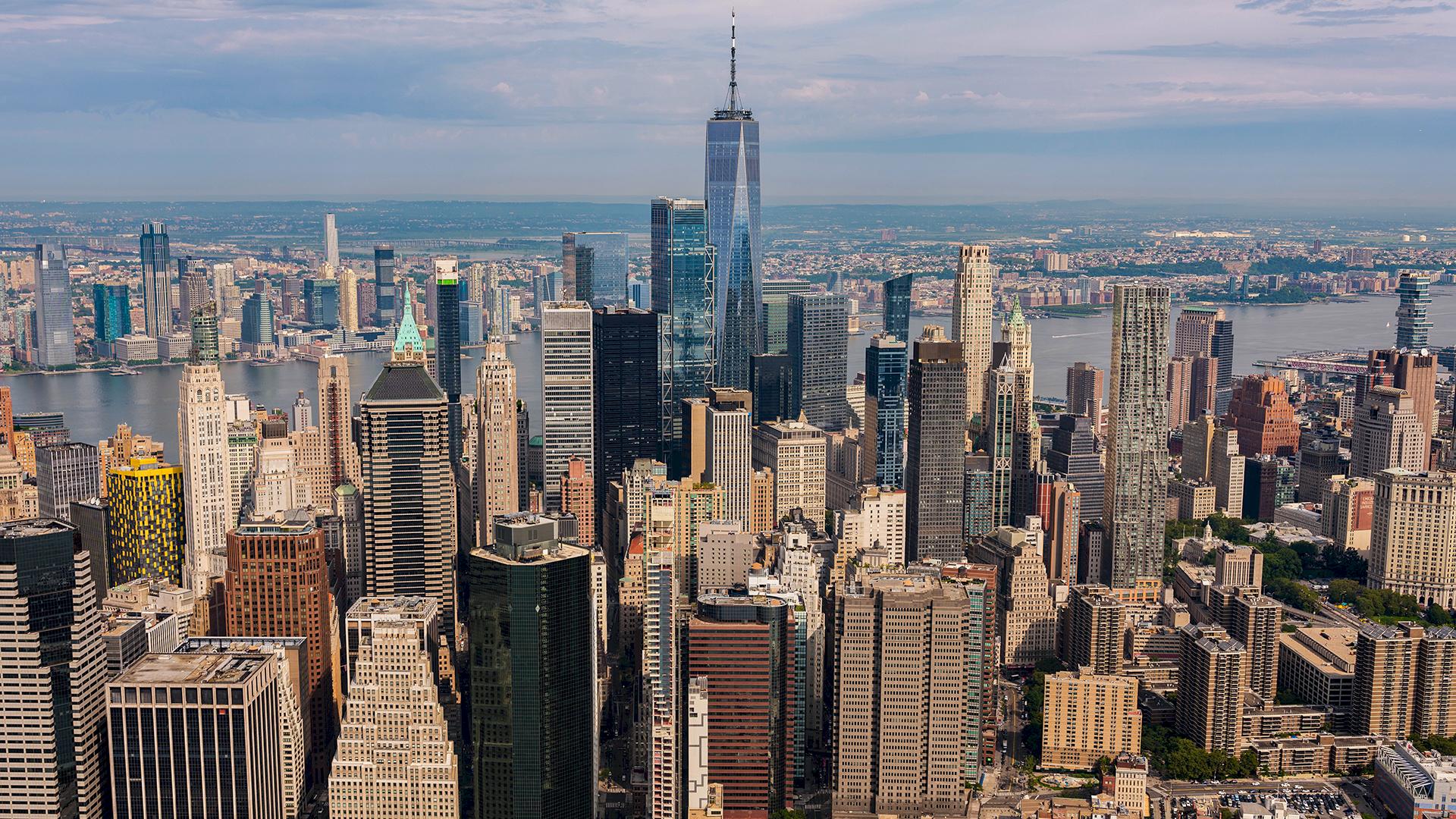
In the realm of commercial real estate, change is the only constant. Technological advancements, changing tenant expectations, and cultural shifts within workplaces set a constantly evolving stage.
Property managers navigating this landscape, especially those responsible for older buildings, must align their pace with these progressive strides to remain competitive.
This post outlines strategies that can effectively refurbish older buildings, morphing them into attractive, contemporary spaces for today's tenants.
Launching a successful revitalization process for any vintage building starts at its core: modernizing the infrastructure. However, this entails more than what's typically visible. It's about ensuring the bones of the building, its foundational systems, sync with present-day standards. Consider updating HVAC systems to ones that optimize indoor air quality, a feature climbing the priority ladder for tenants. Electrifying upgrades should account for the influx of digital devices and electric vehicles. Efficient, reliable plumbing also deserves a spot on the list.
The winning formula? Seamlessly weave modern conveniences without compromising the building's innate charm.
As the digital era continues to weave its magic into our lives, commercial buildings should aptly mirror this revolution. Infusing smart building technologies can enhance both attractiveness and operational efficiency of your property. Think automated climate control systems that smartly adjust to the outside weather, devices that monitor usage of shared spaces, intuitive lighting systems responsive to natural light, and app-guided access control that marries security and convenience.
Remember, accessibility isn't merely about ticking off legal boxes it's about creating an inclusive environment. Diverse workstation options—like standing desks, ergonomic chairs, and adjustable workstations—can accommodate different physical needs, making everyone feel welcome. This approach broadens your tenant pool and fosters an inclusive culture.
Next, consider flexibility. Today's businesses crave spaces that can seamlessly shift between work modes—be it collaborative endeavors, intense concentration, learning opportunities, or socialization. Imagine an open floor plan that morphs into a coworking hub by day and an event hotspot by night. Quiet, private work pods for distraction-free work, adaptable meeting rooms catering to diverse collaborative needs, and alluring outdoor workspaces catering to employee wellbeing. The aim is to design spaces that ebb and flow with the needs of the occupants.
Sustainability extends beyond energy-efficient systems. Incorporate recycled and locally sourced materials during renovations. Install green roofs and vertical gardens, boosting air quality while offering tenants serene outdoor spaces. Invest in rainwater harvesting and gray water recycling systems as effective water conservation measures. A committed sustainability plan not only attracts eco-conscious tenants but also fortifies your building against rising energy costs and upcoming sustainability regulations.